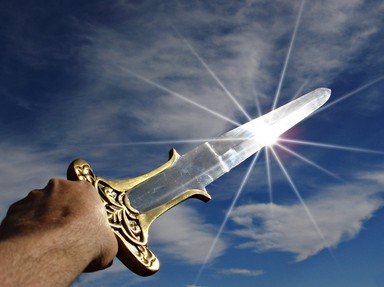Quiz Answer Key and Fun Facts
1. In a number of battles between England and France, "Belgium" was the battleground: Ramillies 1706; Oudenaarde 1708; Malplaquet 1709. Who was in all those cases the ancestor of Sir Winston Churchill that commanded the English troops?
2. At the battle of Fleurus on 26th June 1794, the French revolutionary army stopped the Austrians, who tried to intervene in France. Which of these "innovations" was used for the first time by the French troops ?
3. One of the most consequential battles ever fought on Belgian soil was of course the battle of Waterloo. On 16th of June there had already been a battle at Quatre Bras, a crossroads between Charleroi and Brussels.Here the French army had been temporarily halted by Dutch and Belgian troops depending on Wellington's Supreme Command. Who was the commander of those French troops?
4. At 11 a.m. Napoleon started the Battle of Waterloo with an attack on the farm of Hougoumont by means of which he wanted to divert troops from Wellington's centre. Who was the man who had to carry out this attack (but sadly misunderstood its true nature) ?
5. On the day of the battle of Waterloo, from late afternoon on, it was clear that Napoleon's attempt to break through the ranks of Wellington's army had failed. Soon German troops were going to intervene and decide the issue. Which of these German military celebrities did not share in the glory of the day, because he was engaged in another French-German confrontation on the same day?
6. One of Wellington's closest advisers lost his leg on the day of Waterloo. After amputation it was buried in a coffin, and later got a monument of its own. Who was this adviser?
7. Apart from Bluecher's troops who were not under Wellington's direct command, there were various other non-British troops who defended the access to Brussels in the morning of 18th June 1815. Which of these troops were the strongest in numbers?
8. The Battle at the Yser in World War I lasted from 1914 till 1918. At first the Belgians had to defend their territory single-handedly. When the Germans were about to break through to the French Channel ports, they were stopped at the very last moment by:______________
9. Which of these German commanders was in charge of the German tank-unit that used captured American vehicles and uniforms and also employed linguistically trained soldiers to confuse the U.S.A. troops?
10. When exactly did Patton break the encirclement of Bastogne?
Source: Author
flem-ish
This quiz was reviewed by FunTrivia editor
bloomsby before going online.
Any errors found in FunTrivia content are routinely corrected through our feedback system.
